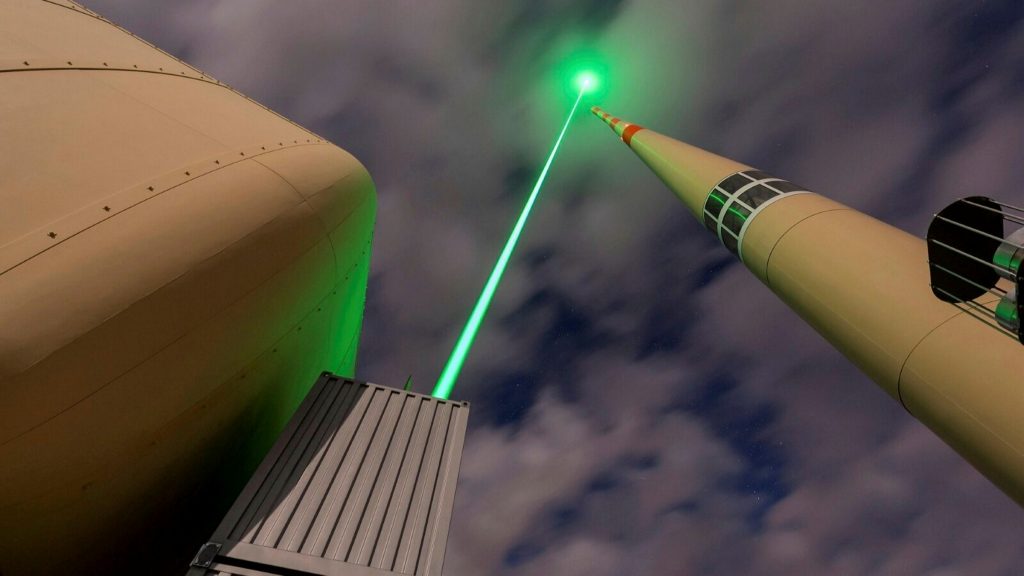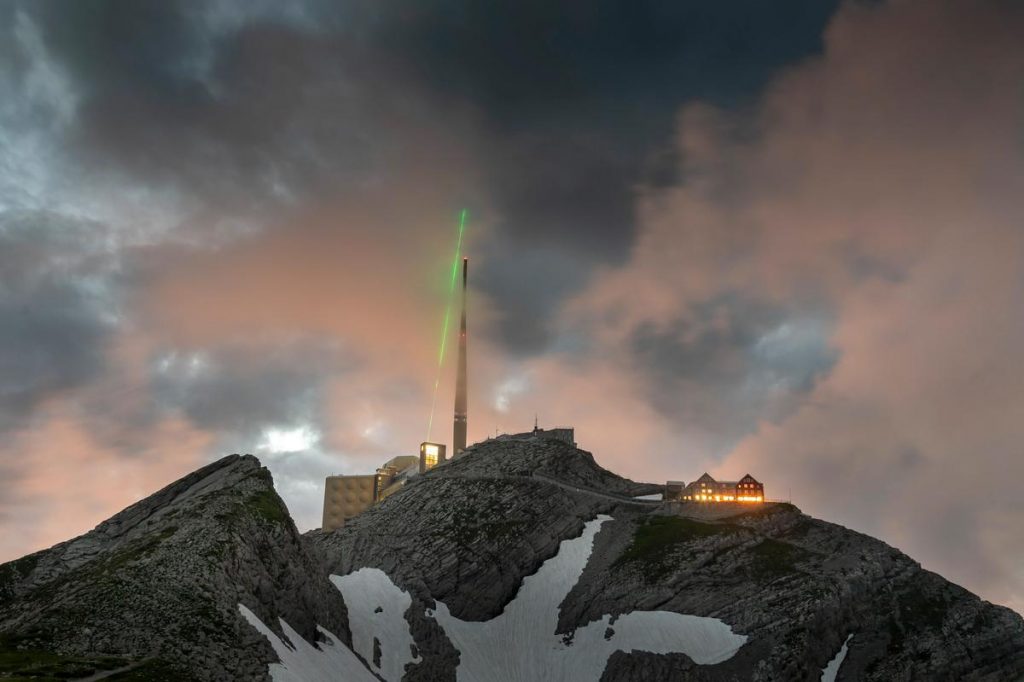In a groundbreaking achievement, scientists in Switzerland have successfully steered lightning bolts using giant lasers atop a mountain. This marks the first time that scientists have been able to control lightning, an awe-inspiring yet unpredictable natural phenomenon that has long fascinated researchers.
The team of scientists from the Swiss Federal Institute of Technology in Lausanne (EPFL) conducted the experiment on the peak of the Säntis mountain, which sits at an altitude of over 8,200 feet. Using a series of high-powered lasers, the researchers were able to trigger lightning strikes and then guide the electrical current toward a specific target on the ground.

The lasers used in the experiment produced short pulses of light that ionized the air around them, creating a path for the lightning to follow. By adjusting the timing and intensity of the laser pulses, the researchers were able to steer the lightning towards a grounded metal rod. The team was also able to measure the electrical properties of the lightning as it traveled, providing valuable insights into the behavior of this mysterious natural phenomenon.
The ability to control lightning could have important practical applications in a number of fields. For example, it could be used to protect buildings and other structures from lightning strikes, which can cause serious damage and pose a threat to human safety. It could also be used to study lightning more closely, shedding new light on the complex processes that drive this powerful force of nature.

However, the team of researchers notes that more work is needed before lightning control becomes a practical reality. They caution that the lasers used in the experiment were extremely powerful and that the experiment was conducted in a controlled laboratory environment. The team hopes to continue its work in this field, refining its techniques and exploring new applications for this exciting breakthrough in scientific research.


